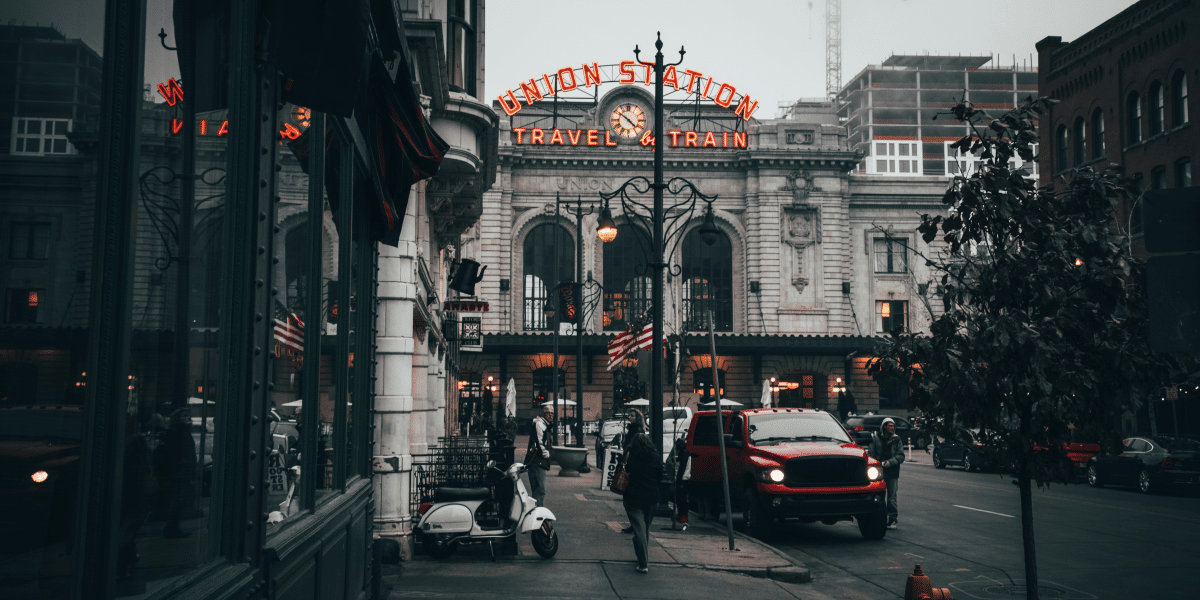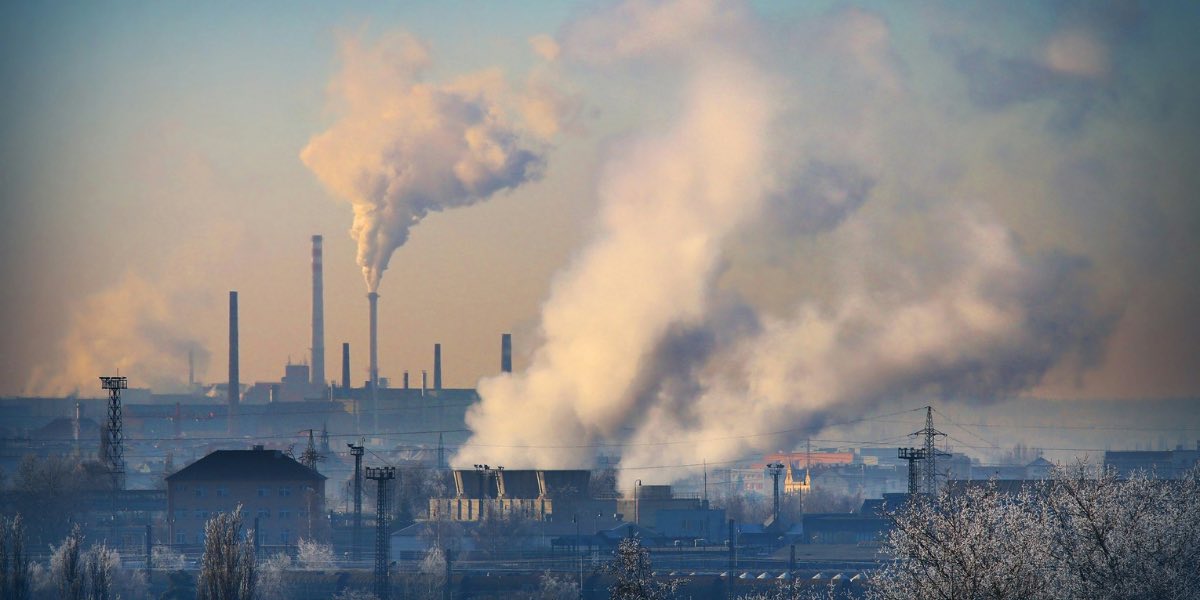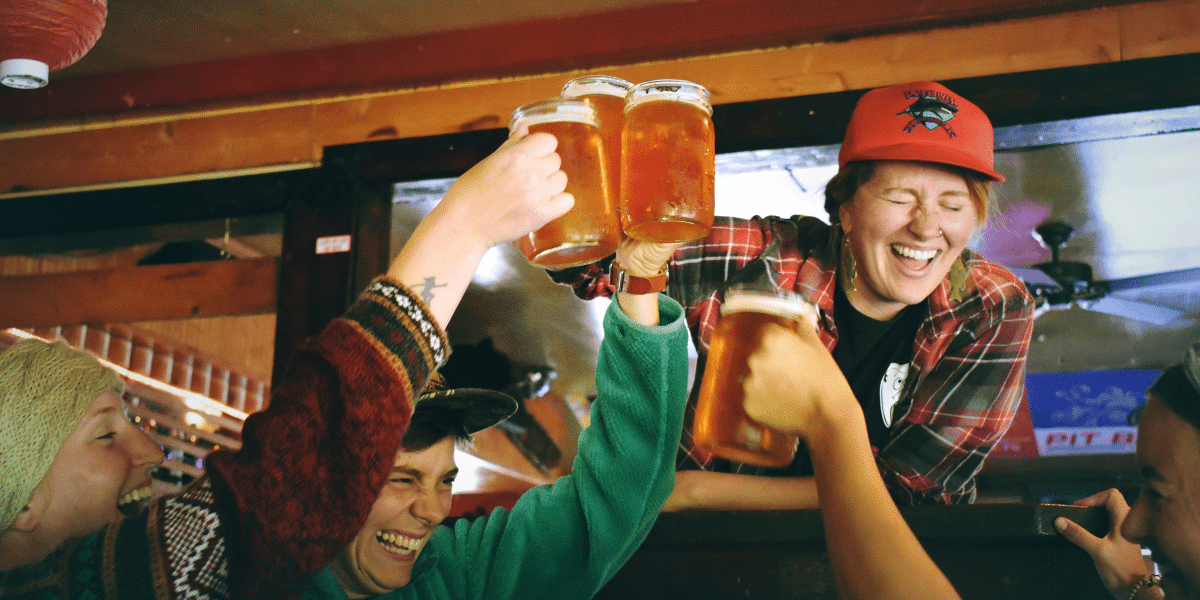Why Denver’s Weekend Nightlife is a Hotspot for Fun
Denver, a city known for its vibrant culture and laid-back vibe, comes alive when the sun sets. The nightlife scene here has something for everyone, from trendy bars to high-energy nightclubs. Whether you’re a local or visiting, the search for the best nightlife spots peaks during weekends and special occasions. With its eclectic mix of venues and events, Denver offers a thrilling escape after dark, providing a social hub for those looking to unwind, celebrate, or dance the night away.
What Makes Denver’s Nightlife Stand Out?
Denver’s nightlife is as diverse as its population. The city boasts a wide range of bars and nightclubs, each with its unique atmosphere, music, and clientele. Whether you prefer craft cocktails, local brews, or a classic night out dancing to the latest hits, Denver’s nightlife scene is sure to cater to your tastes.
The LoDo District (Lower Downtown) is the heartbeat of Denver’s nightlife, with a mix of upscale lounges and dive bars. The area is famous for its historic buildings, which house some of the city’s most popular establishments. Bars here often feature an inviting mix of craft cocktails, unique beers, and exciting happy hour specials. Whether you’re enjoying a quiet drink or catching up with friends, LoDo offers the perfect backdrop for a night out.
For those looking to amp up the energy, the RiNo District (River North Art District) is known for its art galleries, breweries, and vibrant nightclubs. This trendy area is where you’ll find some of the city’s most lively nightlife venues. From spacious dance floors to themed events, RiNo has become a hotspot for those seeking a high-energy night out. Here, you’ll also find an array of bars offering everything from classic cocktails to innovative, locally inspired drinks.
What truly makes Denver’s nightlife experience special is its laid-back yet lively atmosphere. The city’s easygoing vibe is reflected in its nightlife, where the emphasis is on fun without the pretension found in other major cities. Whether you’re sipping on a signature cocktail or dancing the night away to the beat of a live band, there’s a welcoming spirit that makes every night feel like a celebration.
How Do Denver’s Nightclubs Set the Scene for Late-Night Fun?
When it comes to nightlife, nightclubs in Denver offer some of the most exhilarating experiences. These venues bring the best of live music, DJ performances, and themed events. Clubs such as The Church and Beta Nightclub have built reputations for hosting top-tier DJs and live performances, attracting crowds who want to dance into the early hours of the morning.
Denver’s nightclubs are known for their high-energy atmospheres and world-class sound systems. Each venue caters to a different crowd, with some focusing on electronic dance music (EDM), others on hip hop, and some hosting a variety of music genres. Nightclub goers can enjoy a dynamic experience, moving from one area to another, each offering something different in terms of music and ambiance.
In addition to the dance floors, many of Denver’s clubs offer VIP sections, bottle service, and special packages for group bookings. These upscale features ensure a lavish experience for those who want to elevate their night out. Whether you’re looking to dance, socialize, or simply enjoy a night of music, the nightclubs in Denver set the stage for unforgettable late-night fun.
The city’s nightclubs often host themed events, live performances, and even celebrity DJ sets, ensuring that the nightlife scene is always fresh and exciting. From open format nights that cater to a variety of music tastes to specialized EDM parties, there’s always an event to match every preference. If you’re in the mood for a high-energy night out, Denver’s clubs will not disappoint.
What Events Are Worth Checking Out in Denver’s Nightlife?
As one of the country’s most dynamic cities, Denver is also home to an impressive lineup of nightlife events. Whether it’s a special concert, a themed bar crawl, or a festival that takes over the streets, there’s always something happening after dark.
The Denver County Fair, for example, hosts a unique blend of entertainment, from carnival games to live shows, all in a fun, festival-like setting. Many of Denver’s bars and clubs also host special events, such as live jazz nights, drag shows, or even silent discos, where partygoers wear headphones and dance to different music tracks. This makes Denver’s nightlife perfect for those looking to experience something new and unexpected.
During holidays and special occasions, the city’s nightlife events get even more exciting. New Year’s Eve parties, Halloween bashes, and 4th of July celebrations are a big deal in Denver. Venues across the city host exclusive parties, featuring live music, DJs, and themed events. These gatherings draw large crowds and are often an essential part of Denver’s festive spirit. Local breweries also take part in the celebration, often offering seasonal brews that cater to the celebratory mood of the event.
For those looking to plan a special night out, Denver’s nightlife calendar is full of diverse events. Whether you’re interested in local music, a one-of-a-kind celebration, or just a night to socialize, you’ll find something to enjoy on the city’s event-packed calendar.
Why Is Denver’s Nightlife a Top Choice for Weekend Fun?
Denver’s nightlife truly shines on the weekends when bars, clubs, and event venues are packed with energy and anticipation. The city’s weekend nightlife is one of the most sought-after experiences for locals and visitors alike. During this time, the streets come alive with excitement, and there’s always an event to match the vibe you’re looking for.
One of the main reasons Denver’s nightlife is so popular on weekends is the city’s central location and variety of attractions. The weekend crowd consists of not just locals but also people from surrounding areas who flock to Denver for its vibrant night scene. Whether you’re headed out for a casual drink or an all-night adventure, there’s always something to do, see, or enjoy.
Bars and nightclubs are usually packed on Friday and Saturday nights, creating an electric atmosphere. Many venues extend their hours to accommodate the late-night crowd, offering a variety of drink specials, live music performances, and dancing. People come from all walks of life, making Denver’s nightlife scene a melting pot of different cultures, ages, and music preferences.
The weekend vibe in Denver is perfect for those looking to unwind after a long week, socialize with friends, or explore new venues. The city’s wide range of nightlife options ensures that no matter your mood, you’ll find the perfect place to enjoy your night.










